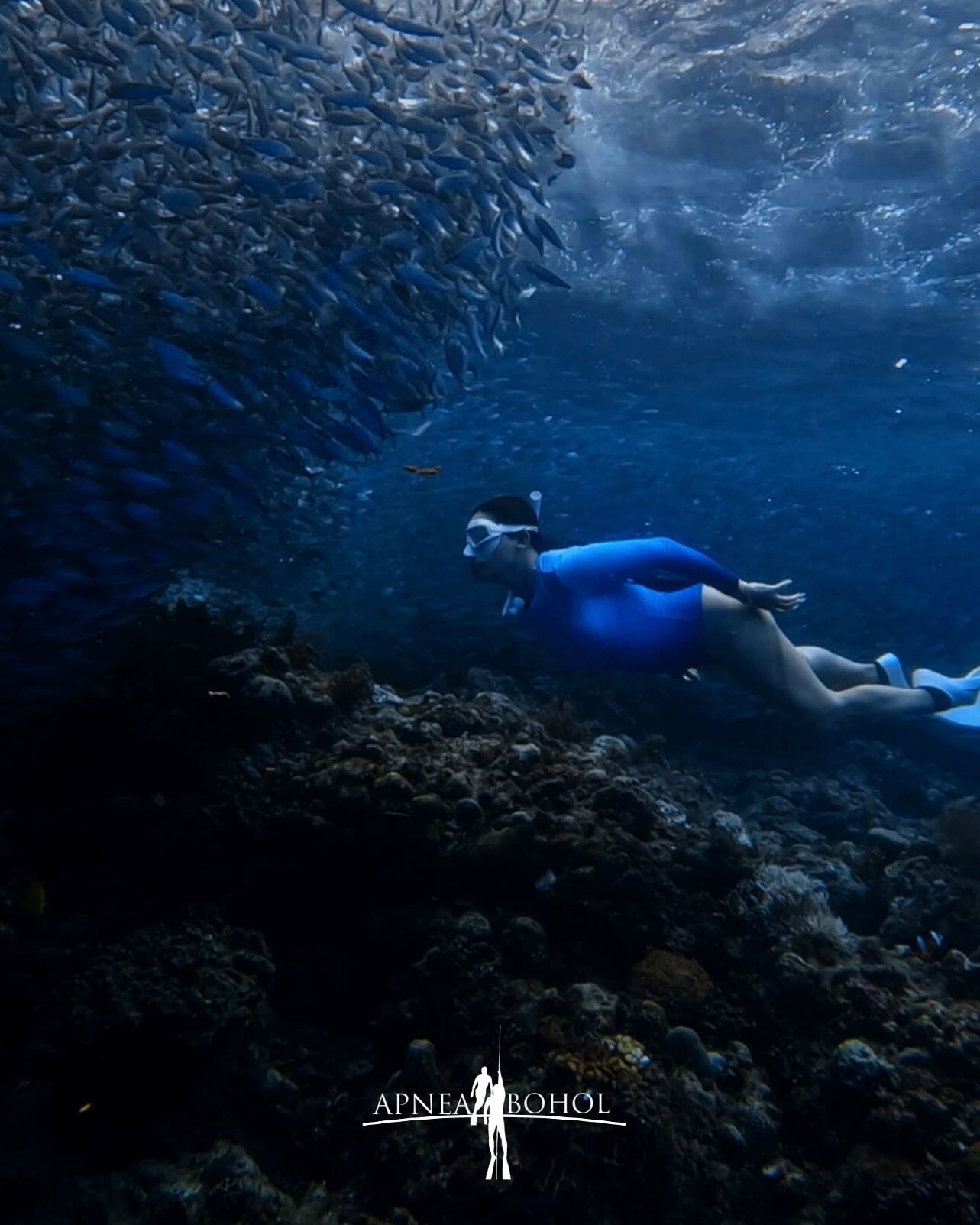Freediving—also known as breath-hold diving or apnea—captures the imagination with its simplicity and its challenge. It involves submerging underwater on a single breath, relying on the body’s innate ability to conserve oxygen. While it is often associated with modern competitions and Instagram-worthy underwater photographs, freediving has actually existed for thousands of years. Its history is as rich and diverse as the cultures that have practiced it.
1. Ancient Foundations: Survival and Resource Gathering
Greek Sponge Divers
One of the most documented early examples of freediving dates back to ancient Greece, where divers collected natural sponges from the ocean floor. These sponge divers, often using simple weights to descend, could reach impressive depths—commonly up to 30 meters (about 100 feet)—all on a single breath.
Pearl Hunting in Persia and Asia
Pearl hunting communities in ancient Persia, India, and across Southeast Asia also relied on freediving skills. Divers were trained from a young age to hold their breath for extended periods, retrieving precious pearls and other marine resources without any specialized equipment. Their livelihoods depended on these underwater excursions, making freediving an essential survival skill.
Japanese Ama and Korean Haenyeo
In East Asia, the ama (Japan) and haenyeo (Korea) divers gained renown for their remarkable freediving abilities. These predominantly female divers harvested shellfish and seaweed to sustain their communities, often diving multiple times a day. Their practices were steeped in tradition, passed down through generations, and remain integral to local culture today.
2. Cultural and Mythical Significance
Beyond resource gathering, freediving carried a sense of spiritual and mythical importance in many ancient societies. Myths and folklore often centered on humans’ ability to explore and coexist with the underwater realm. The capacity to dive deep was not just a physical skill—it was viewed as a special connection to the ocean’s secrets.
3. Evolution Through the Middle Ages and Renaissance
Although detailed historical records from the Middle Ages are scarce, it is evident that freediving continued to serve essential functions. Coastal communities depended on breath-hold diving for fishing, harvesting sponges, and collecting pearls. This period saw gradual refinements in techniques, but freediving largely remained a practical, regional skill used for survival and commerce rather than a well-organized activity.
4. Freediving in the Modern Era
Military and Salvage Operations
By the 18th and 19th centuries, naval forces around the world recognized the strategic value of capable divers. Freediving skills were harnessed for salvage operations, retrieving items from shipwrecks and even recovering lost munitions. Although early diving bells and rudimentary air-supply systems had emerged, freedivers still often played a critical role where mechanical devices were impractical.
Scientific Curiosity
The 20th century brought about a deeper scientific interest in human physiology and the limits of breath-holding. Researchers began studying how the mammalian dive reflex (the body’s reflexive response to immersion in cold water) allowed divers to conserve oxygen. Early pioneers in freediving science helped explain how divers could adapt to high-pressure environments with little to no equipment.
5. The Birth of Competitive Freediving
Trailblazing Individuals
The mid-20th century saw individual freedivers pushing the boundaries of depth and endurance. Notable figures—such as Enzo Maiorca and Jacques Mayol—captured the world’s attention with their daring attempts to break depth records. Their friendly rivalry and notable achievements were dramatized in popular culture, raising public awareness of freediving.
Organized Competitions and Governing Bodies
Competitive freediving truly took shape in the latter half of the 20th century. Organizations like AIDA International (Association Internationale pour le Développement de l’Apnée) and CMAS (Confédération Mondiale des Activités Subaquatiques) established formal guidelines and standard rules, transforming freediving from a localized pastime into a structured global sport. These bodies introduced disciplines—such as Constant Weight (CWT), Free Immersion (FIM), and Static Apnea (STA)—and set protocols for safety, record attempts, and international competitions.
6. Modern Innovations and Techniques
Equipment and Technology
Although freediving remains minimalistic, modern gear such as streamlined wetsuits, low-volume masks, and specialized fins (monofins or bifins) greatly enhance performance. Freedivers also use advanced safety gear like lanyards and buoy systems to mitigate risks during deep dives.
Scientific Training Methods
Training now incorporates knowledge from sports science, including breath-control exercises, cardio conditioning, and mental techniques that emphasize relaxation and focus. Breath-holding capacity is systematically improved through techniques like CO2 tolerance and O2 deprivation tables, making freedivers more efficient with each dive.
7. Freediving Today: Sport, Science, and Lifestyle
Contemporary freediving has evolved into a vibrant international community. Divers gather for competitions, workshops, and recreational retreats to learn from experts, practice advanced techniques, and set new records. Freediving’s allure lies in its dual nature: it is both physically demanding and spiritually rewarding, offering a blend of athletic challenge and tranquil connection to the ocean.
Popular Disciplines
- Constant Weight (CWT): Diving to depth using fins without altering one’s weight.
- Free Immersion (FIM): Pulling down and up along a rope, focusing on upper-body strength and relaxation.
- Static Apnea (STA): Holding one’s breath face-down at the surface, purely testing breath-hold capacity.
- Dynamic Apnea (DYN): Swimming horizontally in a pool for maximum distance on one breath.
Growing Ecological Awareness
Many freedivers develop a profound respect for marine life and ocean ecosystems. Organizations and individuals within the freediving community often champion marine conservation efforts, using their unique perspective as a call to protect our oceans.
8. Conclusion: A Legacy of Depth and Discovery
From ancient sponge divers and pearl hunters to modern competitive athletes breaking world records, freediving has undergone a remarkable transformation. What began as a means of survival has become a revered sport and lifestyle, celebrated for its physical, mental, and even spiritual rewards. Today’s freedivers stand on the shoulders of countless generations who tested—and expanded—the limits of human potential underwater.
Whether you’re drawn by curiosity, a love of the sea, or the thrill of setting personal records, freediving’s storied past offers inspiration and perspective. It reminds us that in the depths of the ocean—and within ourselves—there are still frontiers waiting to be discovered.
Further Reading & Resources
- AIDA International – https://aidainternational.org
- CMAS – https://www.cmas.org/
- DeeperBlue – https://www.deeperblue.com/
- Freediving - Wikipedia – Historical and technical insights
Embracing freediving means becoming part of a lineage that stretches back to the earliest seafaring civilizations. And while technology and training methods may have changed, the essence of freediving remains the same: a single breath, a silent plunge, and the ocean’s timeless invitation to explore its hidden depths.


